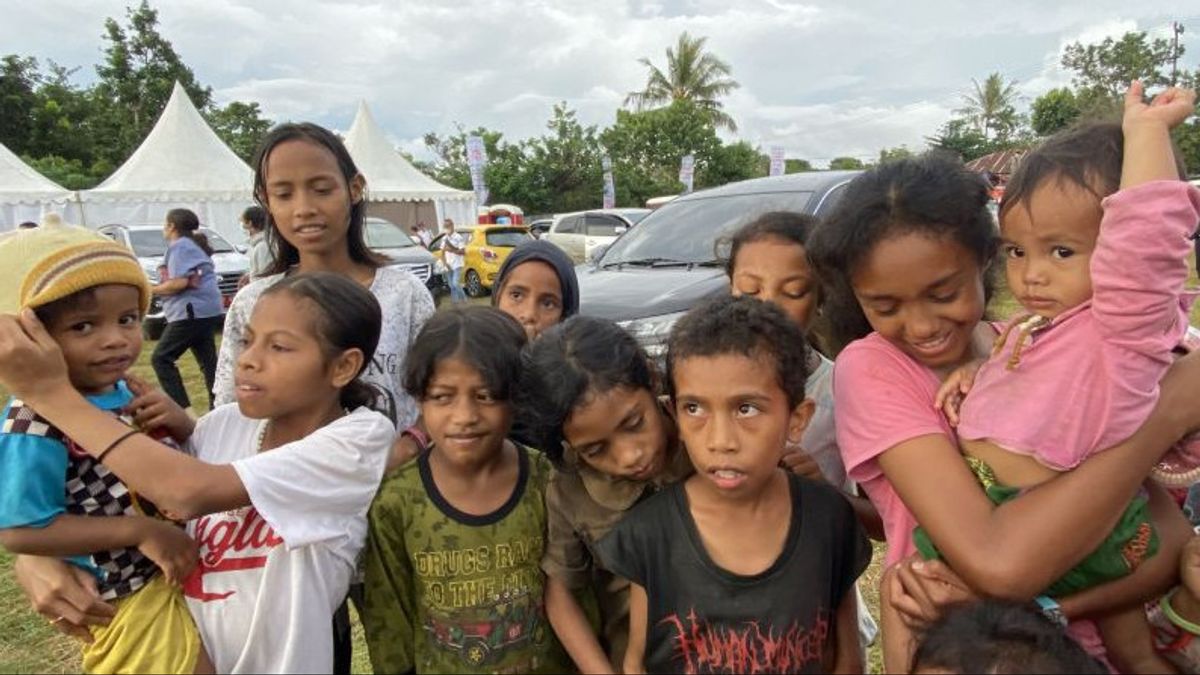JAKARTA - The National Population and Family Planning Agency (BKKBN) stated that the President's visit to Kesetnana Village, South Mollo District, East Nusa Tenggara (NTT), was a form of the country's seriousness in dealing with stunting in children.
“South Central Timor, NTT, is deliberately the fulcrum of President Joko Widodo's visit. Considering that NTT is a priority province for stunting handling with a prevalence of 37.8 percent in 2021, the highest of the average stunting prevalence rate for all provinces in the country which reaches 24.4 percent," said Head of BKKBN Hasto Wardoyo in a written statement received in Jakarta, Thursday 24 March.
Hasto said the village of Kesetnana, which President Joko Widodo will visit on Thursday, March 24, is an overview of the 278 villages in Timor Tengah Selatan Regency which have a stunting prevalence rate of 48.3 percent based on the 2021 Indonesian Nutritional Status Study (SSGI).
The village is also the main focus of the President because the dwarfism that occurs is caused by the difficulty of residents in getting access to clean water, poor economic conditions, and low education so most of the residents of Kesetnana Village do not have proper latrines and do not understand the importance of health education.
On the other hand, the President also highlighted the results of the 2021 SSGI data which states that NTT still has 15 districts categorized as red or having a stunting prevalence rate of above 30 percent.
Even seven districts/cities are categorized as yellow or the prevalence rate reaches 20 to 30 percent. What's sad is that none of the districts/cities has green status or has a stunting prevalence of between 10 and 20 percent.
Hasto emphasized that the issue of the high prevalence of stunting in NTT does not only talk about health or malnutrition in children.
But also how a family gets access to health care facilities, the impact of poverty factors, and low education that causes family parenting to be wrong.
Hasto also emphasized that the involvement of partners is very important to expand the range of interventions, according to the needs of the targets and potential of the partners.
Thus, cooperation from all parties is needed so that NTT can reduce the stunting rate.
"As one of the pentahelix elements in the form of convergence to accelerate stunting reduction, partners have a role and contribution with the government," said Hasto.
The English, Chinese, Japanese, Arabic, and French versions are automatically generated by the AI. So there may still be inaccuracies in translating, please always see Indonesian as our main language. (system supported by DigitalSiber.id)








